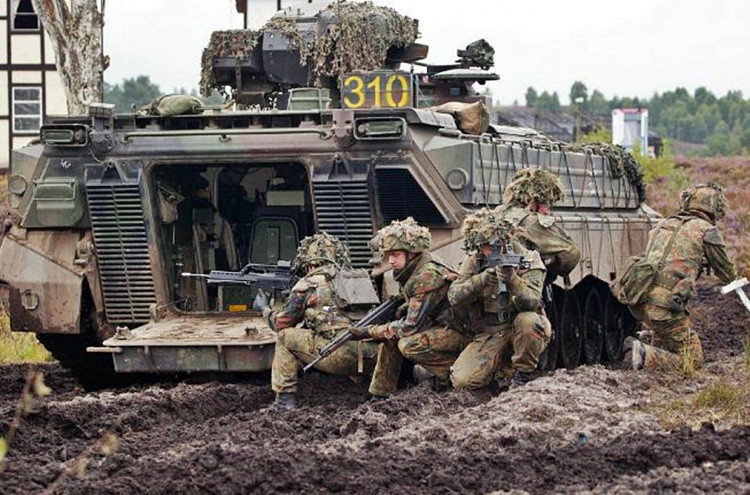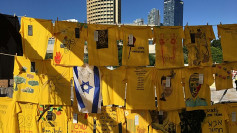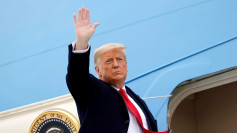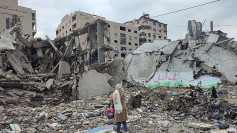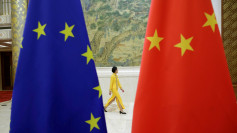The undermanned and underfunded Bundeswehr, the armed forces of the Federal Republic of Germany, now provides the main combat unit for the Very High Readiness Joint Task Force (VJTF), NATO's highest-alert combat formation, and one that will lead the counterattack against the Russian Army.
The Bundeswehr took over responsibility for the VJTF on Jan. 1. It will provide 5,000 soldiers for the unit that must be ready to fight wherever it is needed within 48 to 72 hours. Its enemy in Europe is undoubtedly the Russian Army.
The main Bundeswehr fighting unit committed to VJTF is Panzerlehrbrigade 9 (9th Armored Demonstration Brigade) of the Deutsches Heer or the German Army. The well-equipped Panzerlehrbrigade 9 is considered the "showcase of the German Army" because of its combat power and capabilities. It is part of 1.Panzerdivision or the 1st Panzer Division.
Over the past decades, units of Panzerlehrbrigade 9 were deployed to Bosnia-Hercegovina, the Balkans, Kosovo, and Afghanistan. Panzerlehrbrigade 9 currently consists of Panzerbataillon 33 and Panzerbataillon 93, both of which are equipped with Leopard 2 main battle tanks.
In Europe, Panzerlehrbrigade 9 will be supported by The Netherlands and Norway with other capabilities such as aviation and mechanized infantry. France, Belgium, Luxembourg, the Czech Republic, Latvia, and Lithuania also provide forces to the VJTF.
The fighting power of VJTF stands at more than 8,000 troops supported by tanks and the usual plethora of weapons and equipment necessary to a mobile fighting formation.
"The VJTF is a substantial contribution to our collective defense," said NATO Spokesperson Oana Lungescu.
She said that this year, nine Allies will contribute to the VJTF. This partnership is a strong display of NATO's capabilities and its resolve to work together. "Once activated, the VJTF, our Spearhead Force, is available to move immediately to defend any Ally against any threat," said Lungescu.
VJTF is a joint force. It consists of a land component, supported by air, maritime and Special Forces. It is part of the larger NATO Response Force (NRF) that has 40,000 troops under its command.
This year, the 1st German / Netherlands Corps is in charge of the NRF's land forces. The entire NRF is commanded by Admiral James Foggo from NATO's Joint Force Command in Italy.
The powerful forces at the disposal of Panzerlehrbrigade 9 mask the many military deficiencies of the Bundeswehr as a whole, however.
The Bundeswehr remains plagued by equipment shortfalls and leadership problems. Military analysts said it is scandalous the Bundeswehr had to scrounge for the equipment to fully arm Panzerlehrbrigade 9.
While the unit is almost fully-equipped and armed, this has come at the expense of other formations in the Deutsches Heer. Analysts said provisioning Panzerlehrbrigade 9 has depleted the readiness of other Heer combat formations.
"It means the rest of the Bundeswehr is no longer the kind of deterrent it is meant to be," said Christian Mölling, an analyst at the German Council on Foreign Relations.
